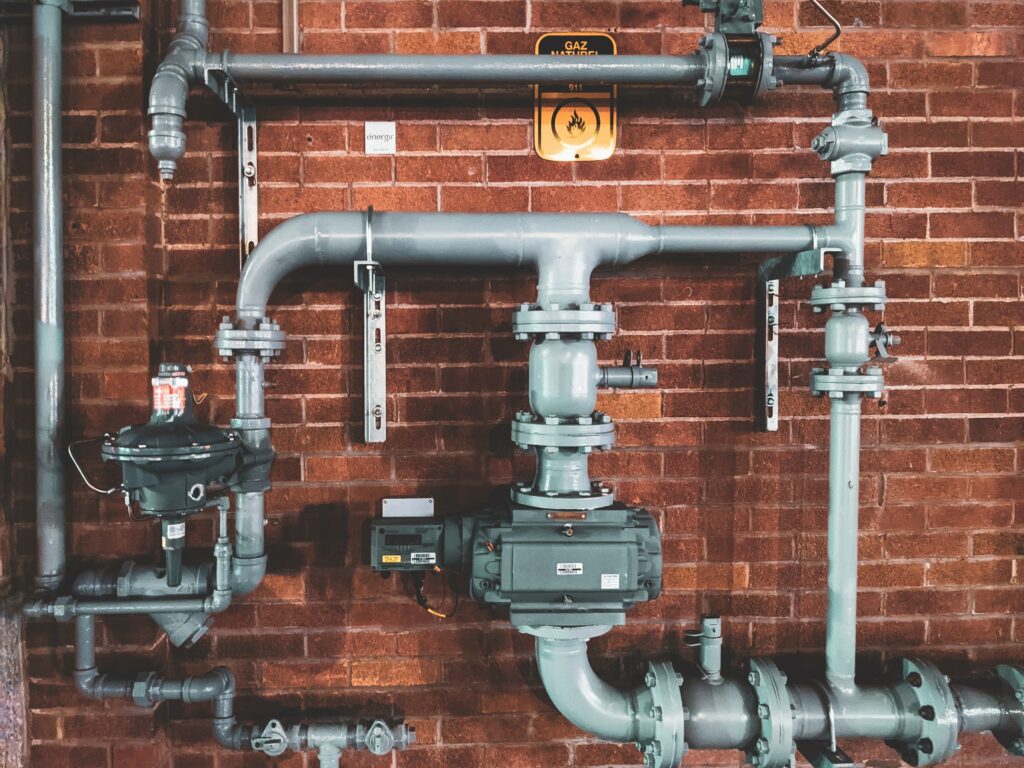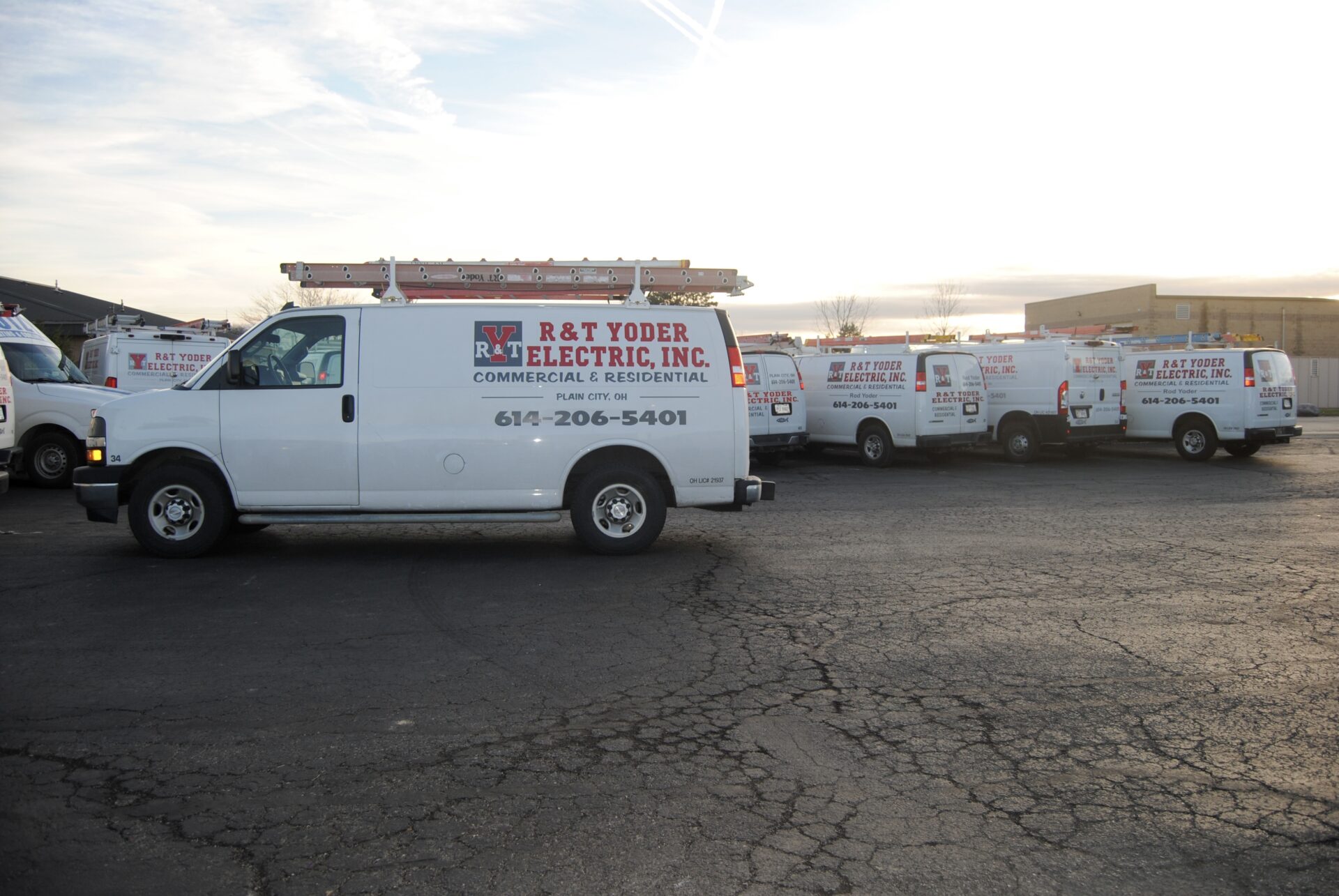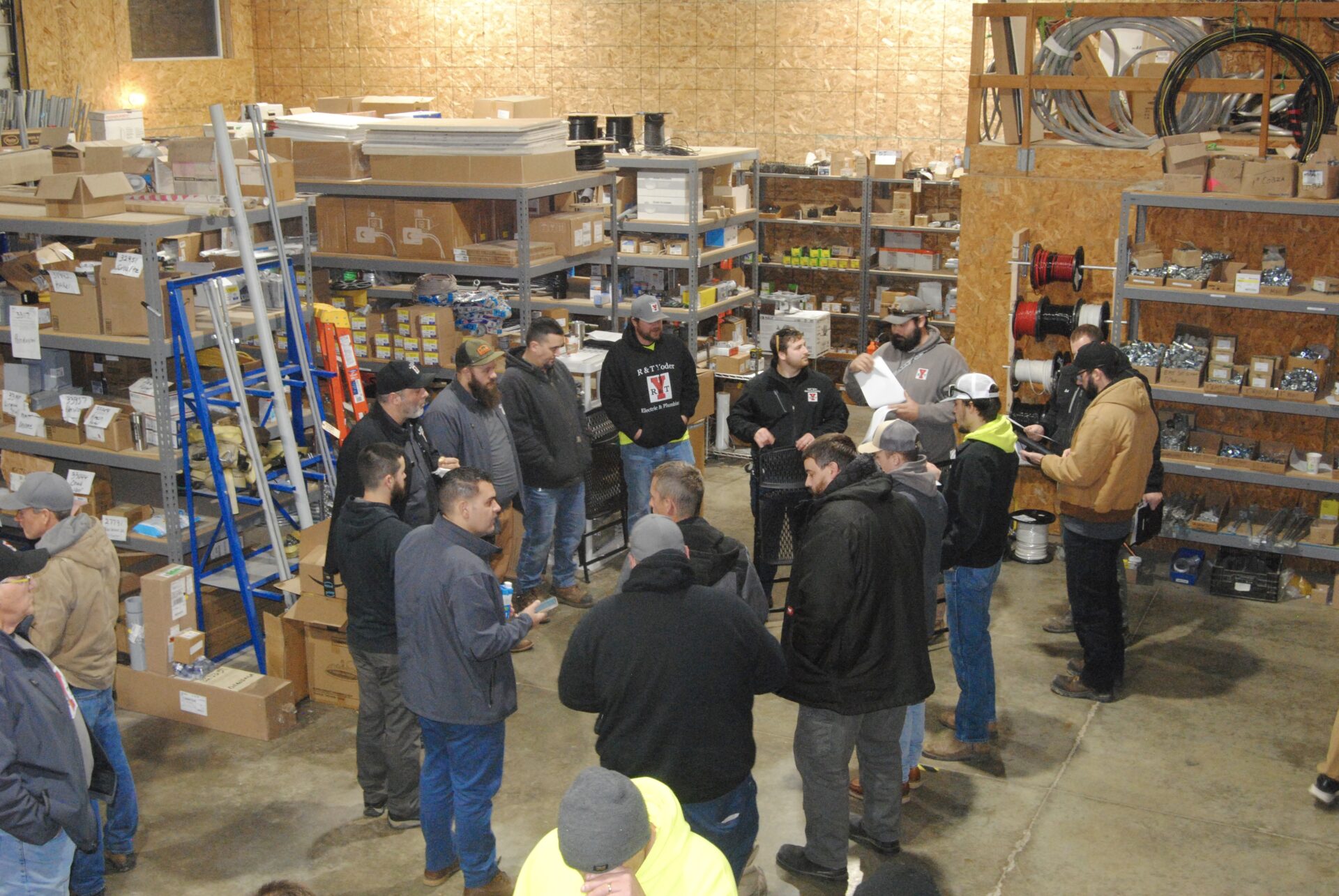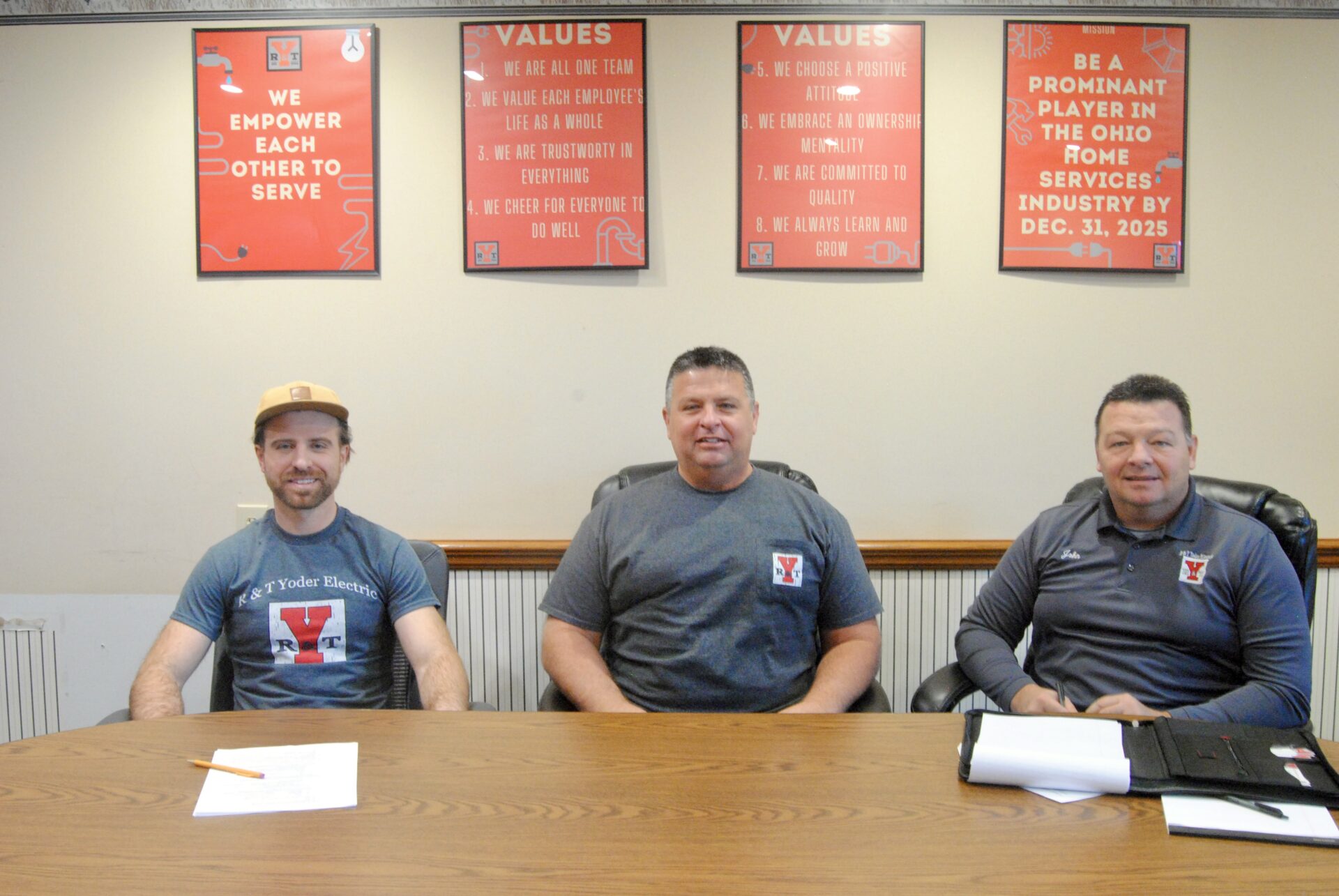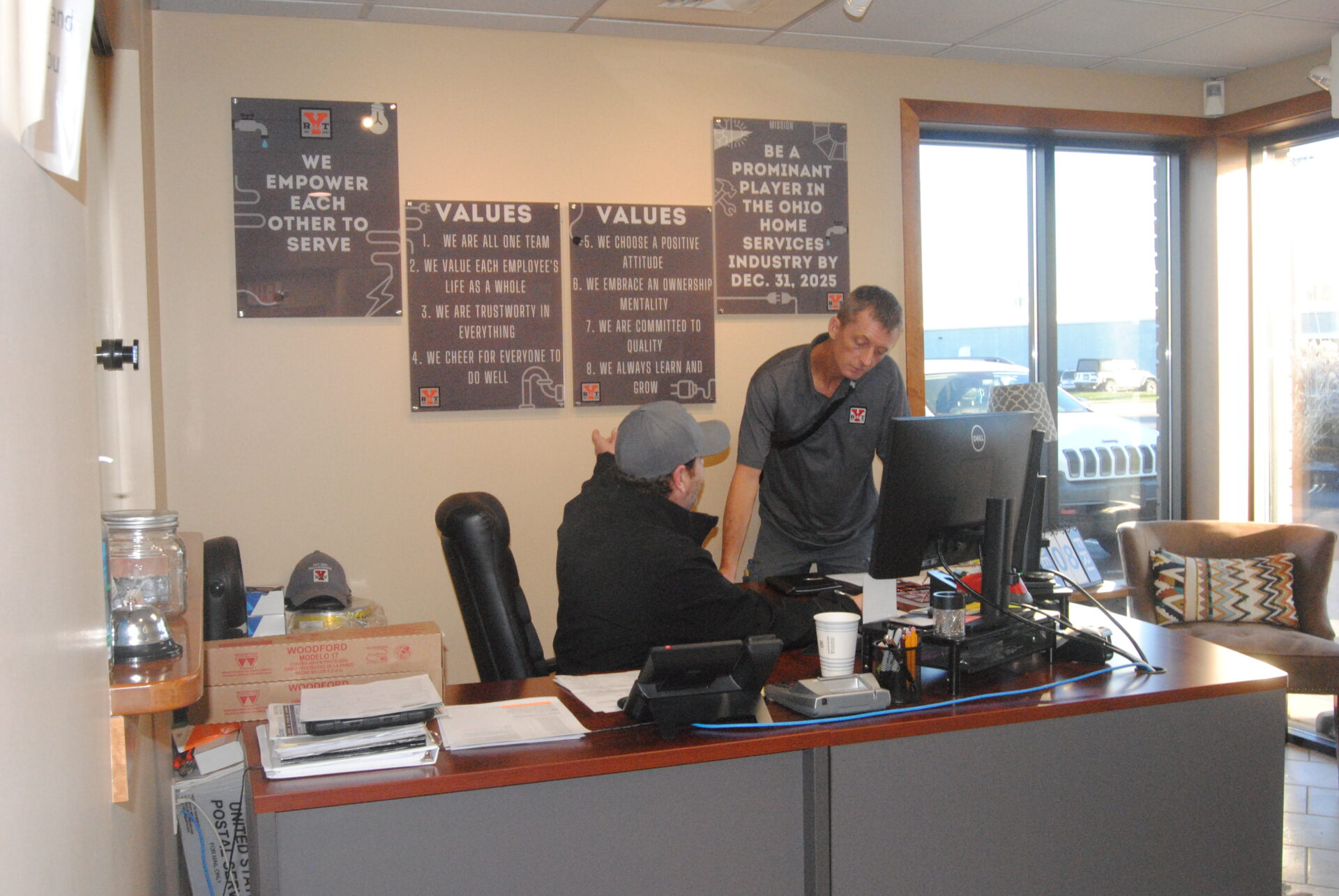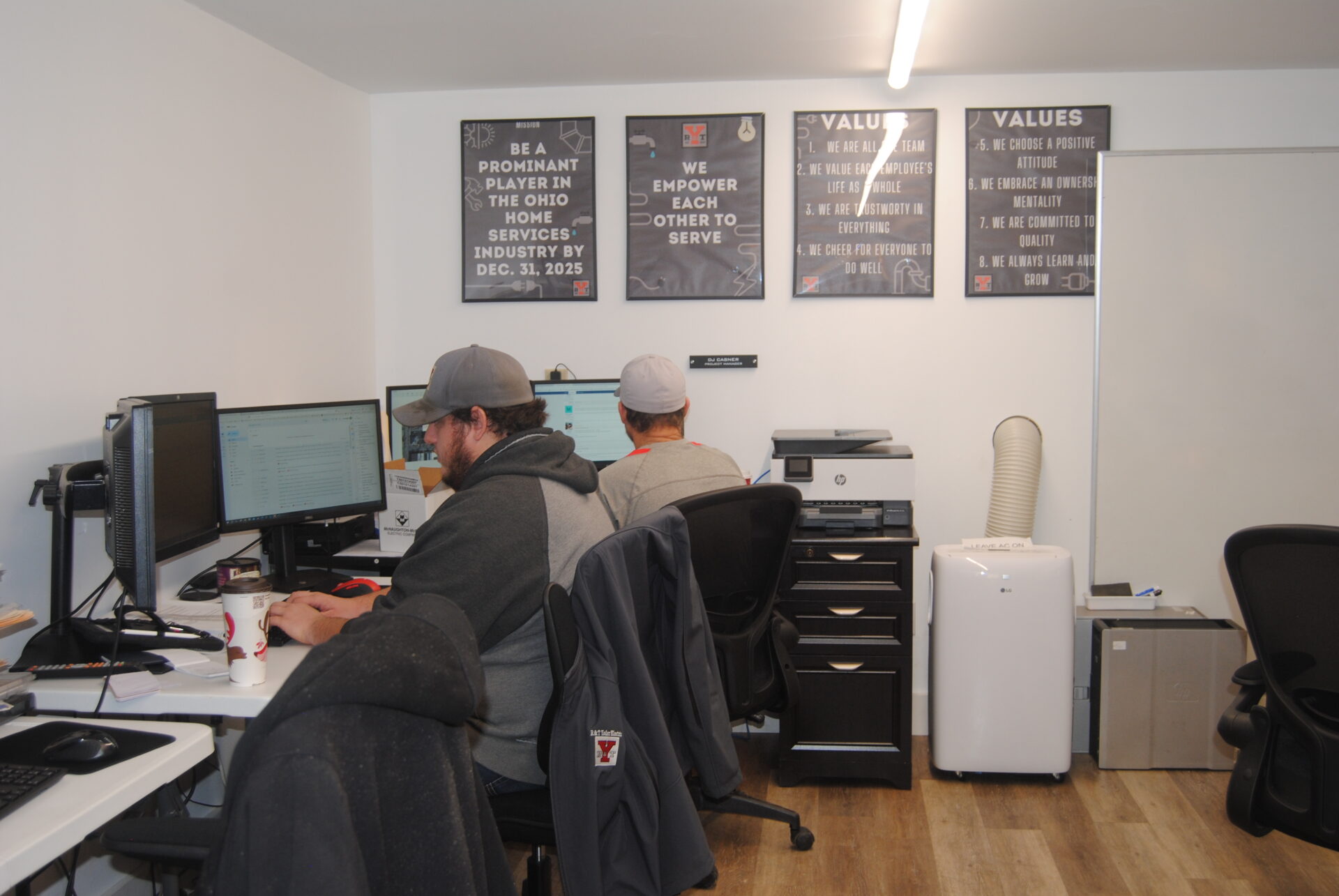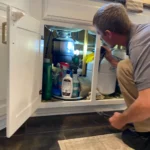Installing a water heater may seem straightforward, but a whirlwind of information awaits behind the scenes. Even if you trust your plumber, it’s important that you know a few basics about water heater installation so that you understand what they’re doing.
Plumbers navigate tight spaces, wrangle pipes, and conquer unexpected challenges. Why? Because every home is built differently, every homeowner has different needs, and we’re trained to ensure you get the perfect water heater for your home.
Join us as we go over the basics of water heater installation and show you what, exactly, your plumber is doing.
Preparing for Installation
So let’s take you inside the process. Before plumbers can start the installation process, they have to find the perfect location. Just like in real estate, water heater placement is all about location, location, location!
Trained, qualified plumbers carefully evaluate the available space in your home. Next, the plumbers ensure that the chosen place meets safety regulations and allows proper ventilation.
Additionally, the plumbers verify that the area can support the weight of the water heater and that there’s sufficient access for maintenance and repairs.
Shutting Off Utilities and Draining the Existing Tank
Plumbers always take steps to ensure the installation goes off without a hitch. So it is no surprise that the next thing plumbers do is turn off the water supply and the gas or electricity source of the existing water heater.
Plumbers also drain the tank to remove any residual water. This step is crucial to preventing water spillage and damage during installation.
Executing the Water Heater Installation
Once all the necessary precautions are taken, plumbers enact a careful, step-by-step plan to make sure your water heater is perfectly installed:
Connecting the Water Supply Lines
Plumbers start by connecting the cold water supply line to the water heater. Next, they carefully install a shut-off valve and ensure proper alignment and tightness. They also attach any required fittings and pipes to connect the hot water outlet and pressure relief valve.
Connecting the Gas or Electrical Supply
Depending on what kind of heater you choose, the next thing plumbers do is ensure a safe and secure connection to your gas line. The next thing they do is perform a thorough check for leaks using approved methods, such as a gas leak detection solution.
In the case of an electric water heater, plumbers make sure to connect the electrical supply according to local electrical codes.
Get your water heater installed the right way with Yoder Plumbing!
Installing a water heater requires a systematic approach and technical expertise that only the best in the business can offer.
While this post provides a general overview of the installation process, each home and water heater differ. Call our team of highly experienced plumbers to ensure you get the right fit for your home.

